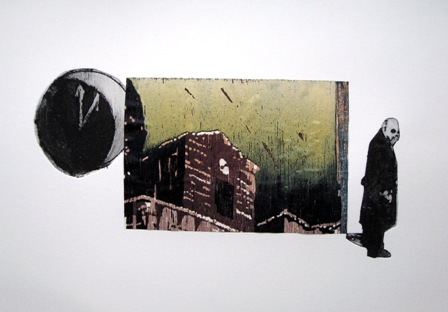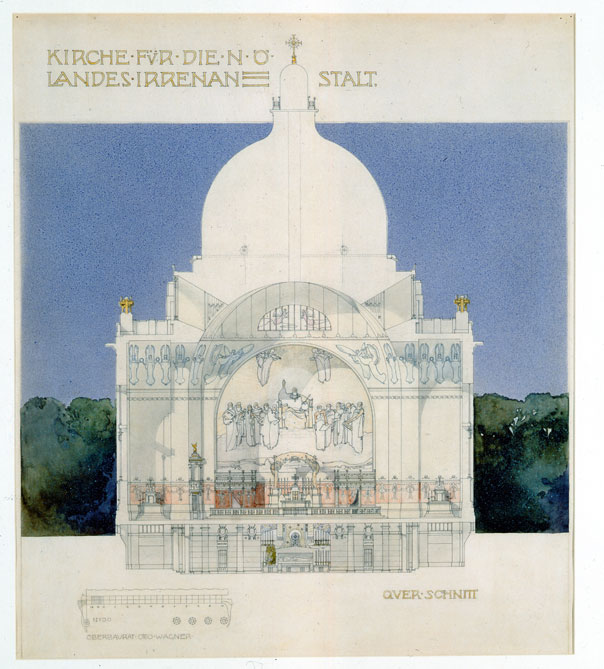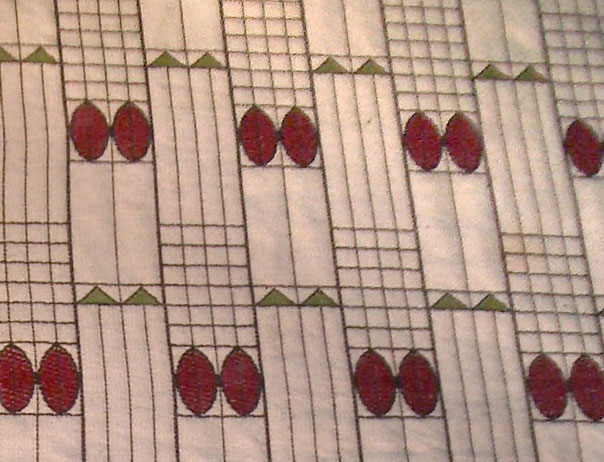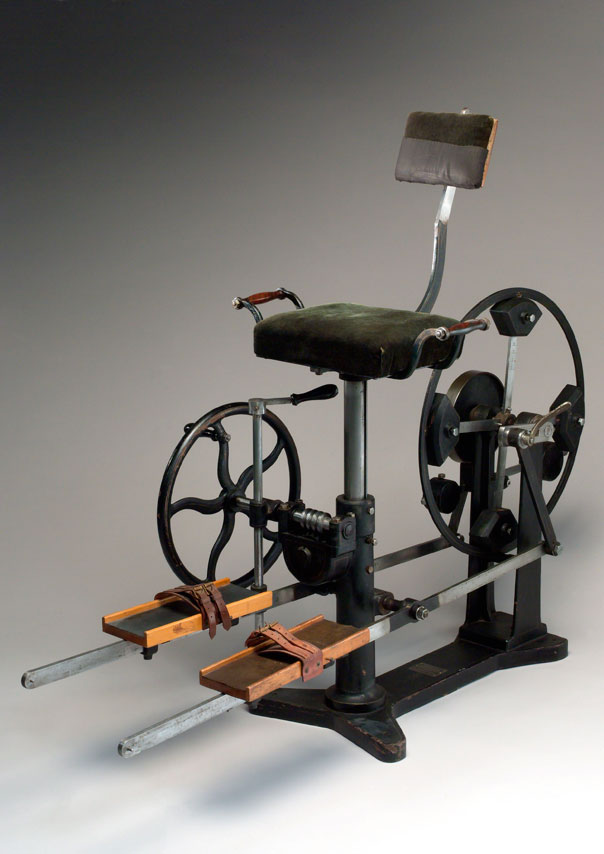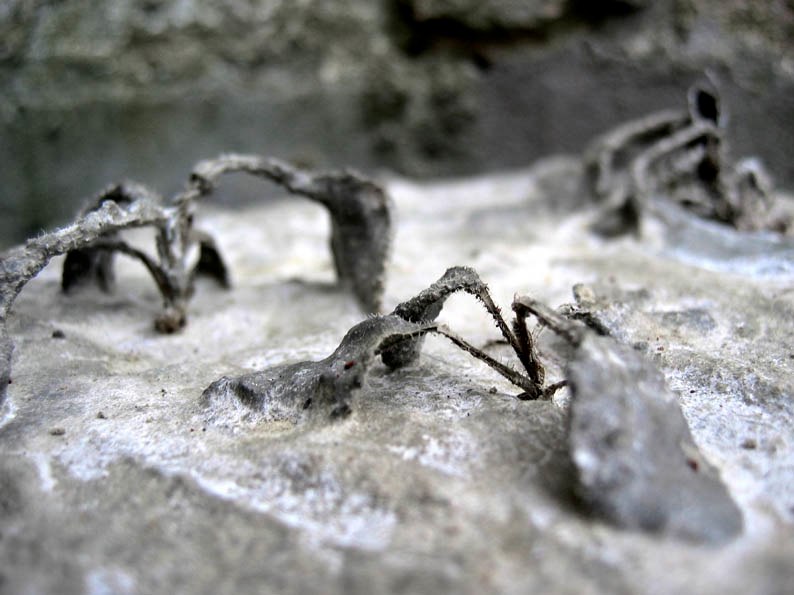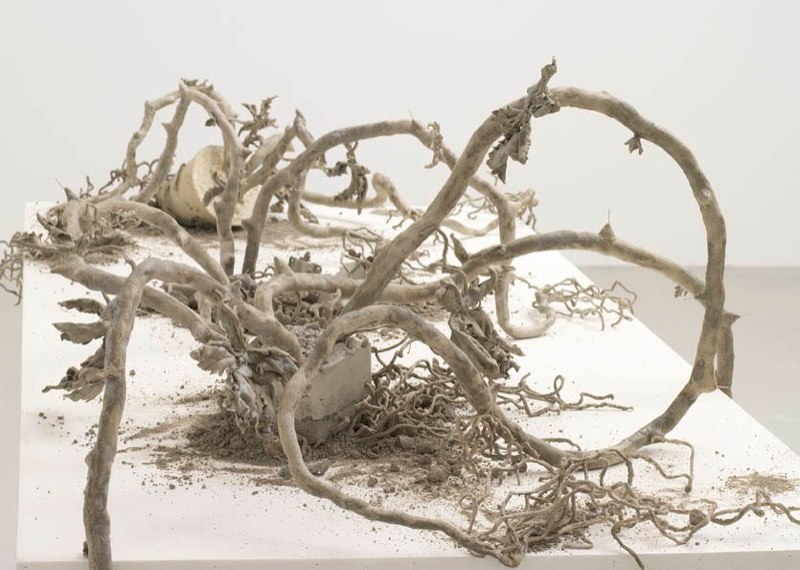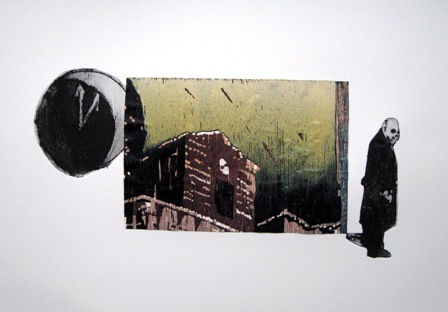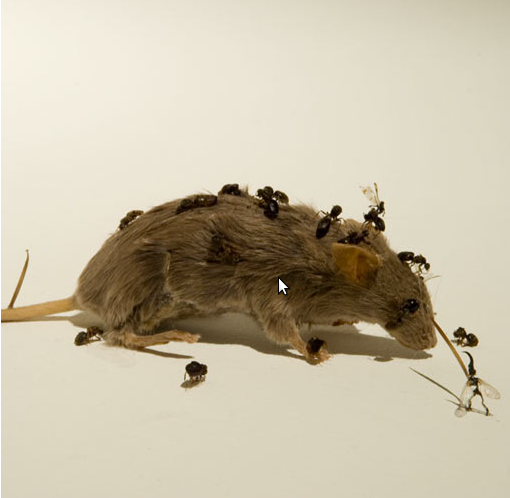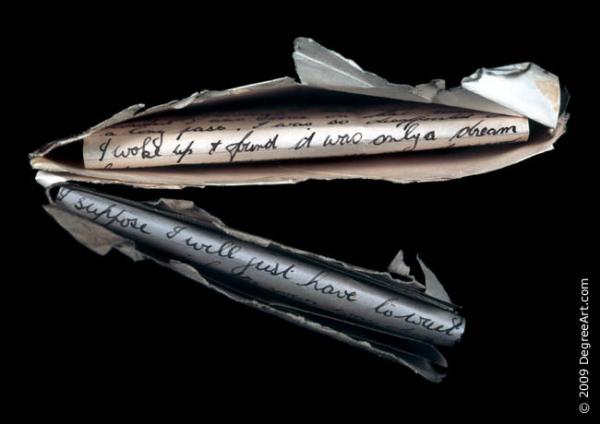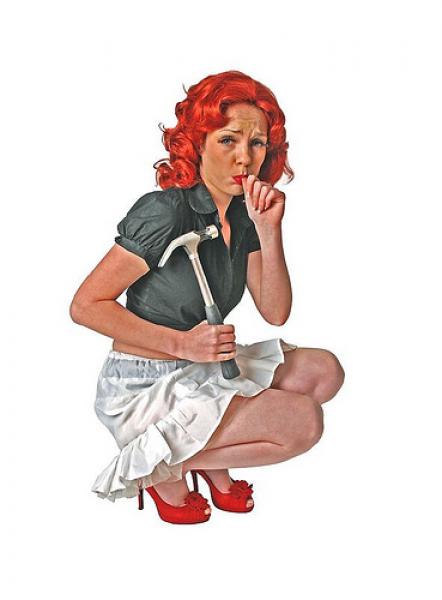Flying high above the western coast of Ireland seems as good a time as any to start to write the epilogue of my most recent pilgrimage to London; Succour to the soul.
In music a coda is a little slice of notes, typically central to a main or secondary thematic element, which you are informed will return, come back, later in the piece. The double dots, the colons, at each end of the phrase, warn the musician of this fact so that when the time comes she will know where to return. In the software world this is called a loop, a subroutine, a goto. A little bookmark which allows the interpreter or compiler to keep track of the various nested functions and operations which all play into the symphony, the programme, the life upon which the guiding hand of fate has fallen at this moment.
My life of late has been replete, resplendent with coda in all form. The rose garden, for the purposes of this essay, shall be our outermost coda. In programming terms it is our “main loop.” An “Object Oriented” programmer would refer to this as the “event loop.” (and aren’t we all a little object oriented these days?). In musical terms it is our over-arcing theme. Then there is the magical East End, its currents run strong in this musical programme which has accompanied my life these past four weeks; a life lived within the confines of that tempo of weeks; discrete units of life upon which the fates have chosen to act, separating each part and portion of my life from the next, so better to orchestrate the melodies and harmonies, the building crescendo and the diminishing decrescendo, which comprise our souvenir symphony in four movements this past month.
There are those galleries, theatres, neighbourhoods and parks to which I return, again and again, in little loop-de-loop flourishes within the greater piece, little musical cul-de-sac; programmatic tight loops which allow for some minor variable to be recalculated or some sum to be tallied. These are the elements which make the life interesting not just for the subject (or is it object) but for those who choose to look over the virtual shoulder and pour over the digital entrails left in documentary form upon the ether which now constitute such a large portion of our record.
But are there not some other, more subterranean coda? Have we not my return, again and again to the East End, site of my father’s upbringing? My incessant desire to revisit his formation, his formative era to find his epoch. Isn’t there, too, the repeated loop-de-loop of my own little operas, my own cycles of being. There are so many little loops and coda here that to draw a map wouldn’t we end up with the tracings upon my soul of so many curlicues we would have the psychic equivalent of a Dryden Goodwin photo?
Whilst one is within the score of this souvenir symphony, within the source code of this peripatetic programme, one quickly loses the perspective necessary to perceive the tight little nests or sprawling cloverleaf interchanges of cause and counter force, of motivation and reaction, of intent and sentiment which all either choreograph or dance to the music of the month gone by.
I, as the sole soul to have experienced this little portion of “reality” am left now, at the altitude of 30 thousand feet, to look back down through the mists and clouds of memory to the patchwork fragments left behind in act, deed and word, and try to reassemble and reassess what really happened over the past four weeks. More important, however, than what really happened is the question, thus far unasked, what does it mean?
There is, of course, much meaning within these coda, these loops, these cul-de-sac. The tea leaves, the rose petals, the leavings behind through which we must dredge. The rose garden, then, has many constructors, initiators, events, notes. We started our little trek in London with a visit to the rose garden, X and I. We marvelled in the rich blooms gracing that May Day, and admired even those bushes still in bud and not in bloom. In our repeat, A and I on that penultimate evening in London, visited a rose garden which was at once the same and different. Yes the bushes were the same, they were the same ones which captivated my father as a child and as a young man, for that matter, but the blooms were different, nearly four weeks later. We, I, saw two little snap shots in time as the swooping of this souvenir symphony took us around once again to the same garden but displaced enough along the time line, the Z axis, as to see an entirely different visual feast. To dine, as A might have it, on a different flavour of visual food.
The dance within that rose garden, the parrying and dodging, was not that too just another repeat, another coda? There is little in our modern lives which is truly new, so many variations on the themes that are our lives. Add a new ingredient, a new foil or foible, and we have a new circumstance but is it truly a new reality?
Nearly twenty years ago I penned a reflection on reflection. I documented my tendency to document. My “Letter to the reader” set forth my observation that my incessant observation of my own life, for the purposes of later writing it down, had lead to what I dubbed “Documentary Living.” Was I not now, in reflecting on that reflection, simply adding a new coda to the coda? Creating what in software parlance is called an infinite loop? Is this the classical snake eating its own tail, and will surely lead to no good end…or no end??? Or is this merely recursion, recursive – to write over…or to overwrite???
X was the original reader of that particular letter; X with whom I visited the rose garden on day 1. I discussed it on day 24 with A, who was intrigued by the epistemology of my record, and then returned to that same (or was it different) rose garden with her on day 27. Did I close a loop or create an echo, a reflection? I then wrote about that visit to the rose garden with A, thus creating another loop or another reflection? Has an error condition arisen? Must I abend? Is a reboot necessary? Or have I simply imposed a Fibonacci series upon the equation, turning the endless loop into a spiral? A golden section?
These currents are treacherous, are they not. In 1927 a young Alec Bernstein, whilst swimming in the waters off Dover was caught in treacherous currents and nearly swept out to sea. 82 years later his son returned to that place and while staying clear of the waters was caught in the currents of air and nearly blown off the pedestrian pier. Returning to London those spirals of fate, those echoes of history, those reflections and reverberations through the timeline continued into the galleries of Whitechapel where a young Alec had played as a boy, and learnt as a young man, surrounded by one of the most turbulent eras in art history as the modern age was born just down the street and to the right. What was the future for him is treated in historical retrospect for me. He looked forward and I look back along the same skein of historical yarn, each knot along that invisible thread representing for him a future possibility and for me an historical certainty.
“The theme of the trip seems to keep returning to migrations, minglings and explorations.” wrote X on Day 20, then stateside, upon reading another entry in the continual diary. Indeed, yet another set of loops and coda, as I migrate back, again, to my birthplace, and back to the rose garden, and back to the Up Market and back to mingling with new friends and new surrounds, old stomping grounds become newly familiar avenues as I explore those streets and mews that Alec once explored. I retell stories of family lore to a new audience, but are the stories made new when heard by new ears?
Last year the trip to London began with a painful memory, a memory with which I had lived for over thirty years without ever speaking or writing about, and not just writing about it but publishing it in a forum where it could be read by anyone. It ended with a frightening dream on my final night in the Big Smoke, which left me moving through the flight home like a zombie until I wrote it all out in the air over Nova Scotia and posted it, as I always do, to that great psychotherapist in the ether, my blog. Thus revealed, naked to the world, I hoped to cleanse myself of whatever guilt I felt over the emotions which had laid buried for so long.
This year, as the final day approached, I felt a building trepidation of that particular coda; I did not want to relive the psychic torment of that dream and the draining effect of writing it all down. That cathartic coup-de-gras never did come. I slept well last night. So was I free of the demons which led last year to such a painful disruption, a jarring of the snow globe, a skip in the record of my souvenir symphony? No, for in the absence of that loop, that coda, I was left to examine all those loops and coda still remaining. It is the exception, so it would seem, which proves the rule.
Batteries wane, and so do I. I shall set this aside, then, and put the computer back under the seat in front of me. When I am home again (another loop?) I will extract this little piece of the owners manual of my life and once again put it on display for you, the reader, to ponder, in yet another letter. Another coda. Another loop. But I do regress…


